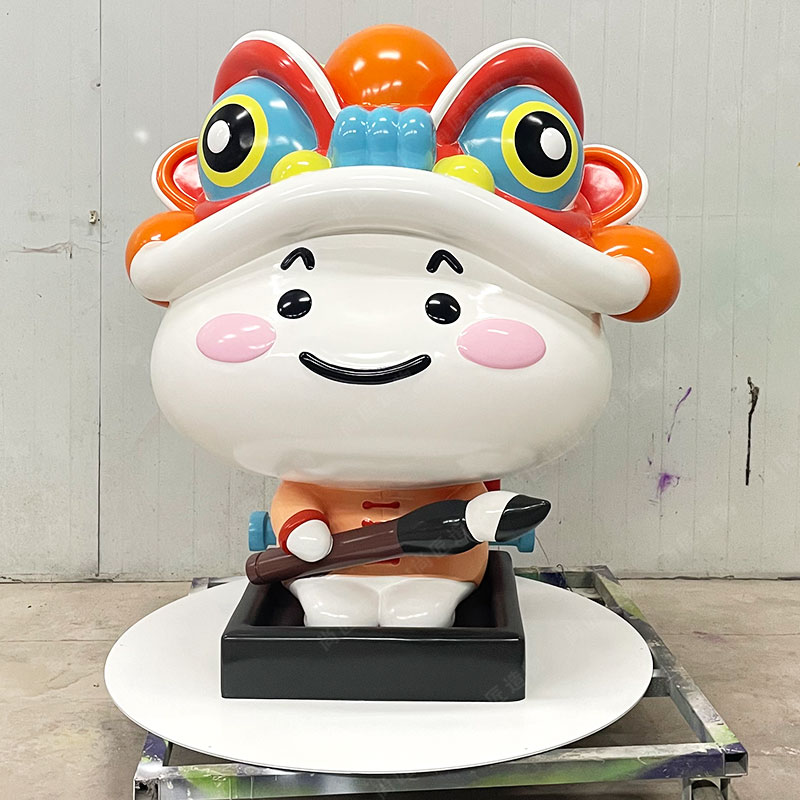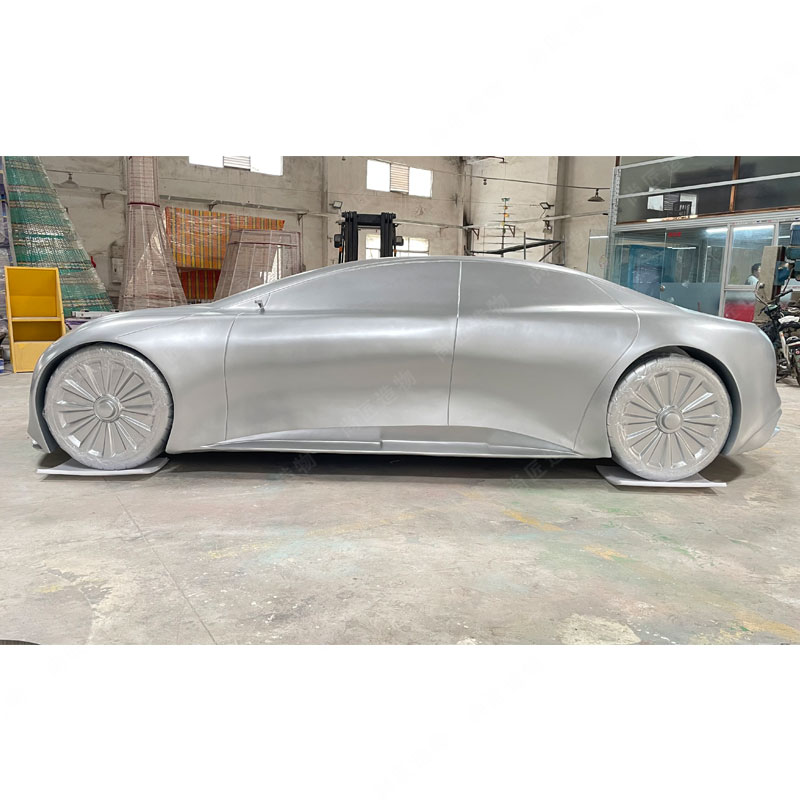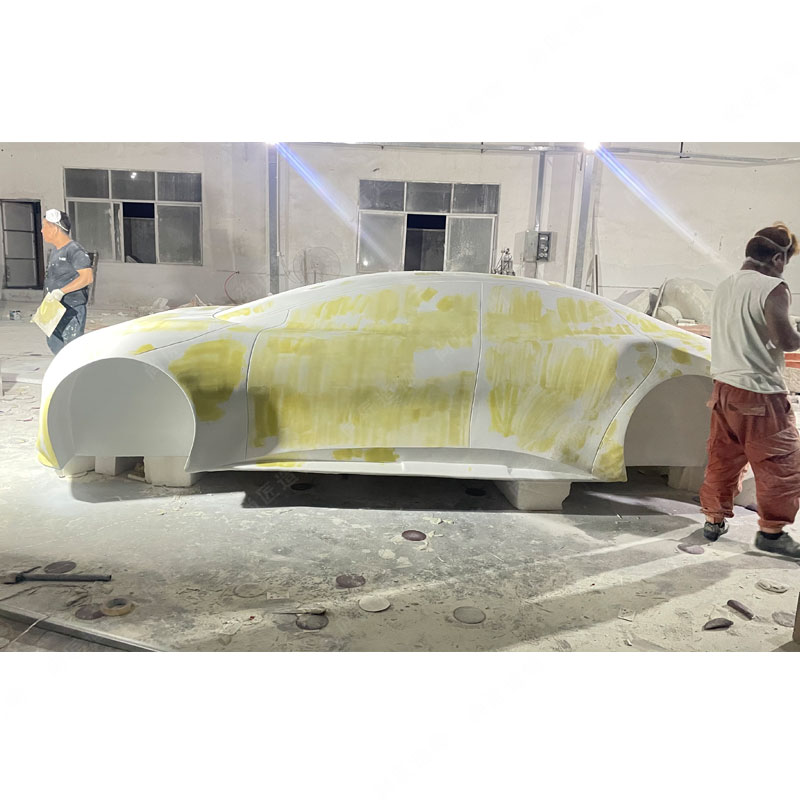Put simply, making licensed character statues legally requires strict attention to permissions and processes. You must get explicit permission from the intellectual property owner before starting. This isn't optional—it's the law. The license agreement controls everything: which characters you can use, how many you can make, where you can sell them, and what they must look like. Royalties, the payments you owe per statue sold, are a key cost factor defined in your contract.
Sticking exactly to approved designs during production is critical. Even small changes need permission. Quality control isn't just about looks; it ensures safety and durability too, protecting the brand. Building a good working relationship with the IP holder makes the whole process smoother. Ultimately, success depends on respecting the rules at every step—from signing the contract to delivering the final product. This protects you legally and keeps your business running.
Securing IP Permissions for Licensed Character Statues
Getting the right permissions is the essential first step before creating any licensed character statue. You cannot legally make or sell a fiberglass sculpture based on a recognizable character—like those from popular movies, comics, or games—without explicit authorization from the intellectual property (IP) owner. This typically involves securing licenses for both the character's copyright (protecting the artistic expression) and its trademark (protecting the brand identity and name). The specific permissions needed depend heavily on the character and the intended use.
| Permission Type | Governs | Why It's Needed for Statues |
|---|---|---|
| Copyright License | The specific artistic design of the character | Protects the unique visual representation |
| Trademark License | The character's name, logos, associated symbols | Protects brand identity and prevents confusion |
| Right of Publicity | Use of a real person's likeness (if applicable) | Required for statues based on real celebrities |
"Never assume a character is in the public domain or that 'fan art' rules apply for commercial production. Formal licensing is non-negotiable for legitimate statue businesses."– IP Licensing Specialist
Start by identifying the true IP owner. This might be a studio, a publishing house, or an individual creator. Contact their licensing or legal department directly to inquire about obtaining a license. Be prepared to detail your project: the specific character(https://en.artmovr.com/)), production quantity, distribution channels, and territory. Negotiating these terms clearly upfront prevents costly legal issues later. This foundational step ensures your project operates legally from the outset.

The Legal Framework for Fiberglass Sculpture Production
Creating licensed character statues in fiberglass involves navigating a clear legal structure. It starts with securing the necessary intellectual property rights. You can't legally make a statue of Mickey Mouse or Spider-Man without explicit permission from the copyright and trademark owners. This permission comes through a formal licensing agreement, which is a binding contract. These agreements spell out exactly what you can and cannot do. They define the specific character(s) you can depict, the approved designs, the exact materials (like fiberglass), and crucially, the number of statues you're allowed to produce. They also detail where and how you can sell them.
Beyond the IP rights, the physical production must follow strict safety and quality regulations. Fiberglass work requires adherence to occupational health standards for worker protection, covering ventilation and handling resins. The finished statues themselves must meet specific safety standards, especially if intended for public spaces or children. This includes structural integrity and fire resistance. Environmental regulations also govern the proper disposal of chemicals and waste materials used in the fiberglass process. Failing to meet any of these legal requirements – IP, safety, or environmental – can lead to lawsuits, fines, and the forced destruction of your statues. Understanding this entire framework is essential before starting any production of Realistic sculpture. This foundation directly leads into the specifics of negotiating and understanding those vital licensing agreements.
Navigating Character Licensing Agreements Legally
Getting the legal permission to make a character statue starts with securing the right license. First, you need to contact the official owner of the character's intellectual property (https://en.artmovr.com/)), the quantity planned, and how it will be sold.
The licensing agreement they provide is crucial. Read every part carefully, especially sections covering permitted uses, exact territories where you can sell, how long the license lasts, and the quality standards you must meet. Pay close attention to the approved character designs and poses; even small changes might need separate approval. Understand the royalty structure – how much you pay per statue sold and how often – and any required advance payments or minimum guarantees. Never start production until the final, signed contract is in place. This careful review protects you legally and ensures your statues are authorized.
Manufacturing Compliant Licensed Statues: Key Steps
With permissions secured and agreements finalized, the actual manufacturing phase requires strict adherence to the license terms. This starts with precise material selection. Fiberglass is often chosen for its durability and finish quality, but the specific resin types, pigments, and reinforcement materials must meet the IP holder's approved specifications. Production molds must be exact replicas of the approved character designs; any deviation risks non-compliance. Documenting every step – from mold creation and layup to curing, sanding, and painting – is essential for demonstrating adherence to the licensed standards. Quality control checks must be rigorous and frequent, comparing the produced statue against the master model at key stages. Manufacturers must also maintain clear communication channels with the licensor, submitting samples for approval as required and promptly reporting any production issues. Using approved materials like fiberglass ensures the final product meets both aesthetic and structural requirements, though alternatives like stainless steel sculpturemay be specified for certain projects. Consistent, documented compliance throughout manufacturing protects against infringement claims and builds trust for future partnerships.
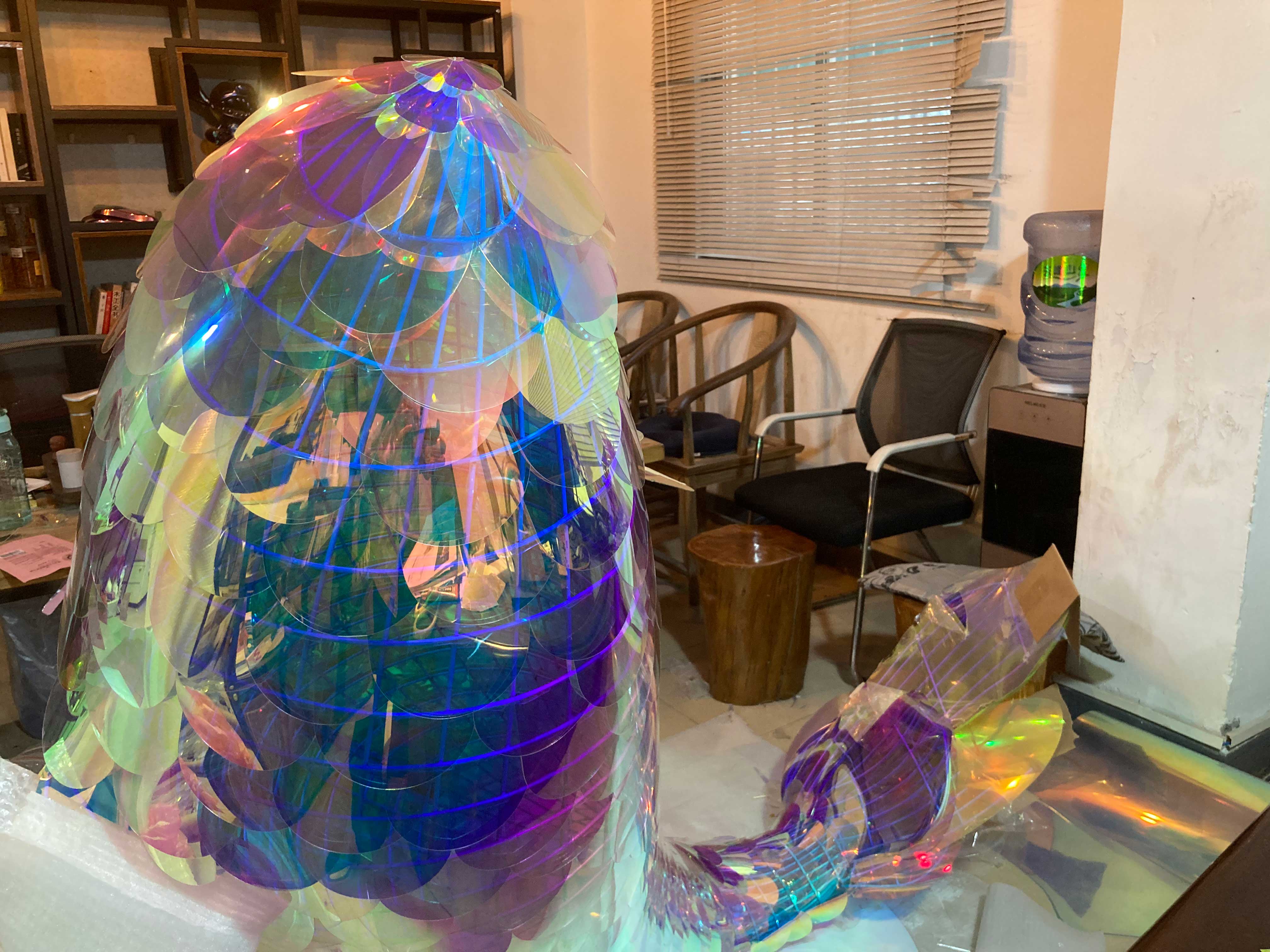
Understanding Royalty Structures in Statue Licensing
Royalties are the payments you make to the IP owner for each licensed character statue produced and sold. Think of it as a usage fee for their creation. The structure is defined in your licensing agreement and directly impacts production costs. Most agreements use one of two models: a percentage of the wholesale price per statue (e.g., 10-15%) or a fixed fee per unit sold. The chosen model depends on negotiations and the character's market value.
Several factors influence the royalty rate. Highly popular characters usually command higher rates. Your projected production volume also matters; larger runs might secure a slightly lower percentage. The agreement will clearly state the royalty amount, how often you must report sales (https://en.artmovr.com/) to ensure profitability. Accurate record-keeping and timely payments are legally required to maintain your license and avoid disputes. Understanding this structure is vital for running a compliant and financially sound licensed statue business.
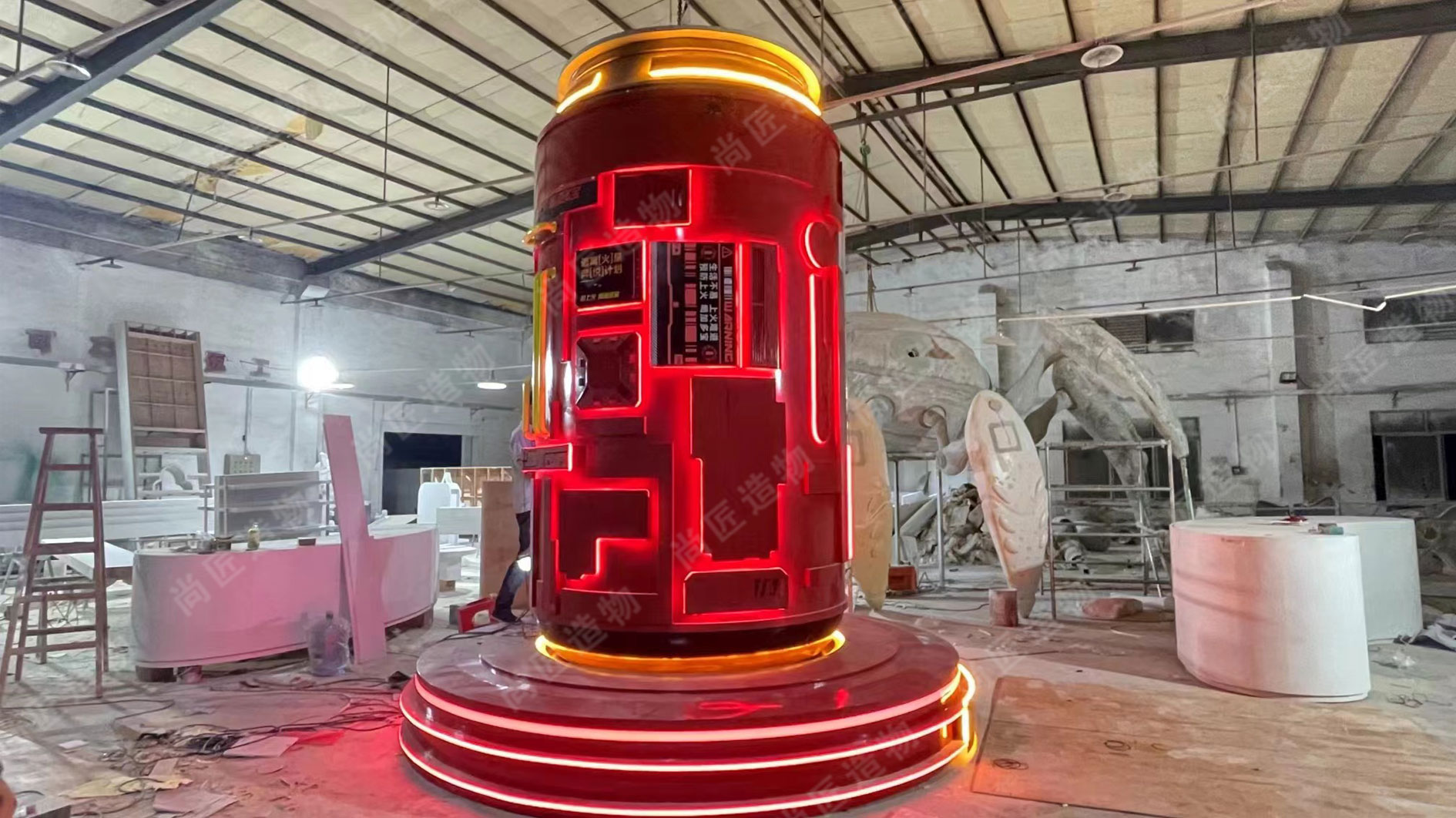
Quality Control Standards for Licensed Fiberglass Art
Beyond production compliance, rigorous quality control (https://en.artmovr.com/) elements, confirms stability and weight distribution. Finally, durability tests simulate environmental exposure, checking UV resistance for paint fading and the fiberglass's ability to withstand temperature shifts without cracking or warping. Consistent QC protects the IP holder's brand and ensures customer satisfaction.
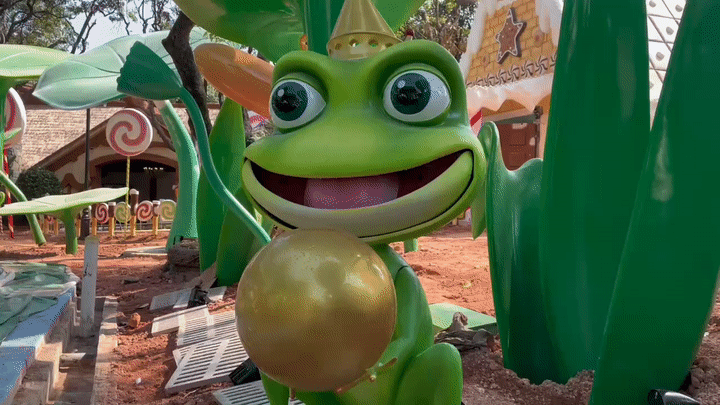
Avoiding Copyright Infringement in Sculpture Production
Following these agreements is the primary defense against copyright infringement when making licensed character fiberglass statues. The license explicitly defines what you can and cannot do with the character's image. This includes approved poses, specific expressions, color schemes, and even the contexts in which the statue can be displayed. Straying outside these defined parameters, even slightly, creates unauthorized derivative works. Such changes violate the copyright holder's exclusive rights and breach your contract. Simply having a license doesn't grant unlimited creative freedom; it grants permission to replicate the character as specified. Always use the exact reference materials and style guides provided by the IP holder during the sculpting, molding, and finishing stages. Furthermore, never produce extra statues beyond the contracted quantity, as each unit represents a separate instance of the copyrighted work requiring permission. Diligent adherence to the license terms at every production step is non-negotiable for legal operation.
Building Partnerships with IP Holders for Statue Creation
Successfully creating licensed character fiberglass statues goes beyond just signing a contract; it involves building a genuine working relationship with the intellectual property holder. Instead of viewing the license purely as a transaction, approach the IP owner as a collaborative partner. Open and consistent communication is key. Clearly outline your production capabilities, quality standards, and target markets from the outset. Equally important is actively listening to their vision for the character and their expectations for how it will be represented in statue form. Demonstrating a deep respect for their brand and a commitment to maintaining its integrity builds trust. This collaborative approach often leads to smoother approvals, valuable creative input, and the potential for a longer-term, mutually beneficial partnership essential for navigating the complexities of authorized statue production.
Conclusion
Creating licensed character fiberglass statues successfully hinges on strict adherence to the legal and procedural steps outlined throughout this process. From securing initial IP permissions to maintaining exact production standards and royalty payments, each phase builds upon the last to ensure full compliance. The partnership with intellectual property holders forms the foundation, transforming a transactional license into a collaborative relationship focused on mutual brand integrity. By consistently following approved designs, meeting quality benchmarks, and respecting contractual boundaries, manufacturers establish trust and operational legitimacy. This disciplined approach not only prevents costly legal disputes but also secures opportunities for future authorized projects. Ultimately, sustained success in licensed statue production relies on unwavering commitment to both legal obligations and professional partnerships.
FAQs
How do I find the right IP owner for a character?
Start by checking official copyright databases or trademark registries. Look for the production studio, publisher, or creator listed in the character's credits. For corporate-owned characters, visit the company's website and contact their licensing department directly.
What happens if I change a licensed character's design?
Any modifications require written approval from the IP holder. Unauthorized changes violate copyright and breach your licensing agreement. Always use approved style guides and submit design adjustments for review before production.
How often must I report royalty payments?
Most agreements require quarterly sales reports. You'll detail units sold, calculate royalties owed (either percentage-based or flat fee per statue), and pay by the contract's deadline. Late payments risk license termination.
Are safety standards different for indoor vs. outdoor statues?
Yes. Outdoor pieces need UV-resistant coatings and reinforced structural bases for weatherproofing. Indoor statues prioritize fire-retardant materials. Both require fiberglass integrity testing, but environmental factors change compliance priorities.
Can I extend my license if I sell out early?
Contact the IP holder immediately. Licenses specify fixed quantities and durations. Producing extra units without renegotiation constitutes infringement. Most licensors require a new agreement for additional production runs.
What if I discover a quality defect after shipping?
Notify the IP holder and retailers promptly. Recall affected batches if safety-related. Document the flaw’s cause and implement corrective measures. Persistent quality failures may void your license agreement.
 ch
ch English
English

